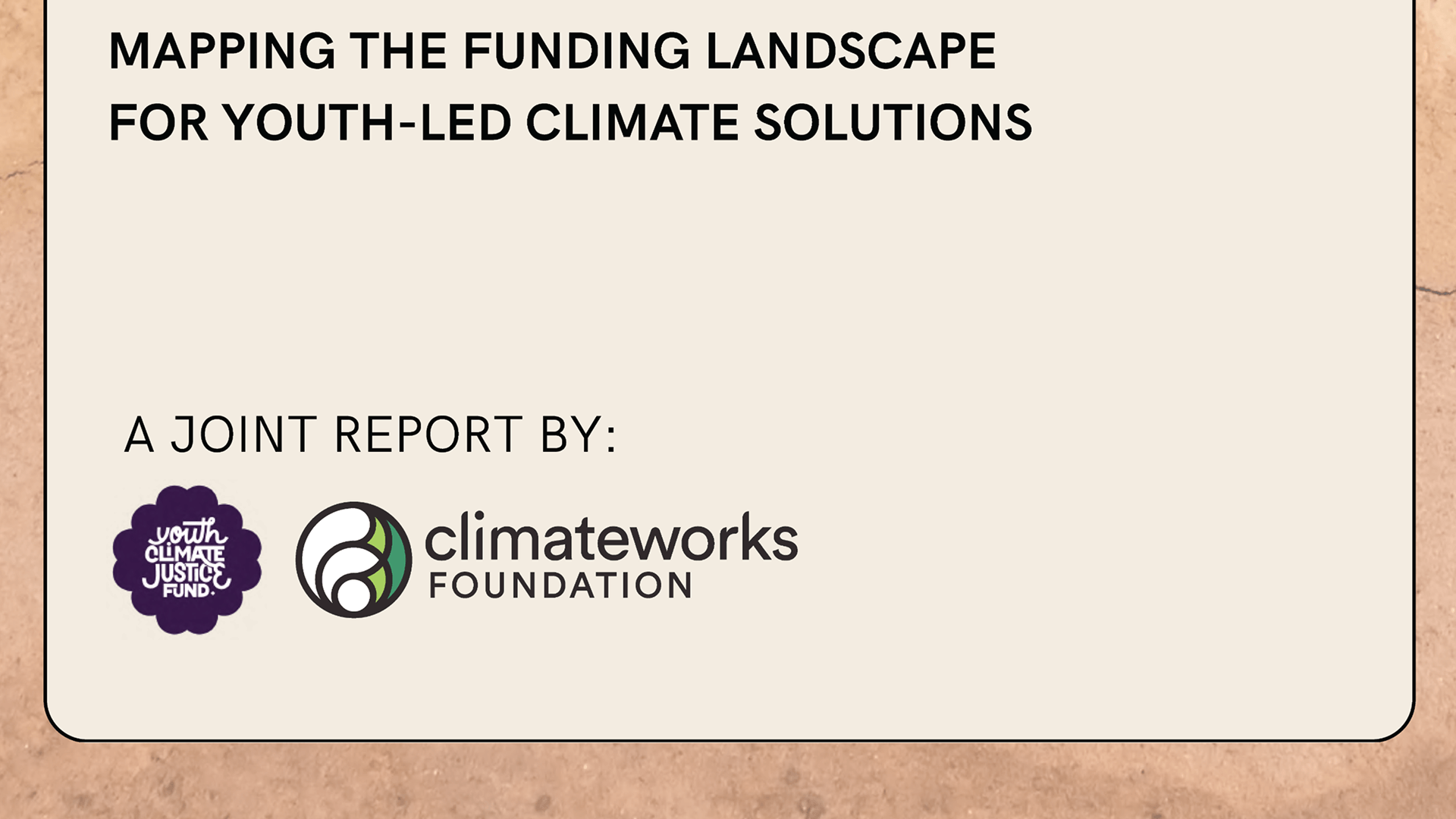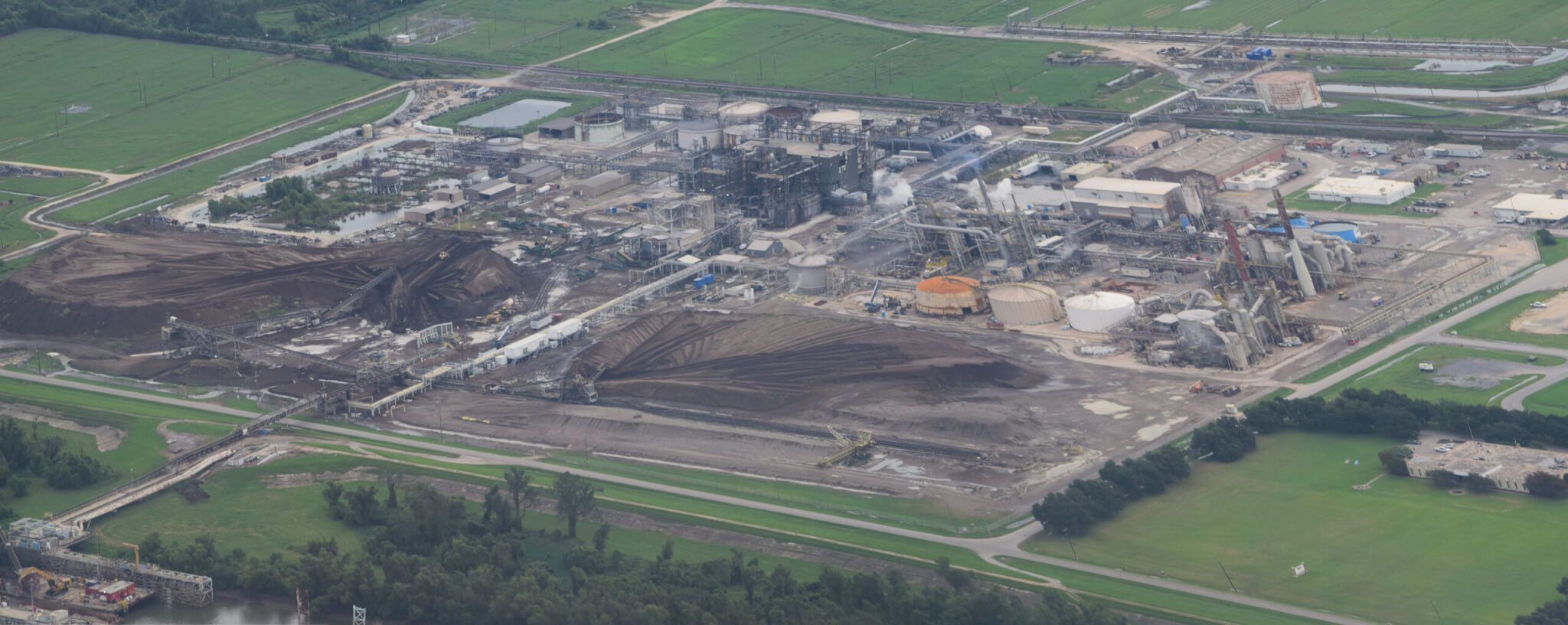
While the annual climate summit delivered some progress on accountability, implementation, and solidarity, it also revealed the magnitude of the work ahead.
The stakes were high as delegates from around the world convened a couple of weeks ago in Sharm El Sheikh, Egypt at the UN Climate Change Conference (COP27). The discussions at the summit underscored the urgency of the climate crisis and recognized that time is rapidly running out to limit global warming to 1.5° C. For the first time, there was an agreement that rich countries have a responsibility to provide financing to help vulnerable countries cope with the irreversible loss and damage from climate impacts they are already experiencing.
Relative to COP26 in Glasgow, the conference did not generate as many splashy headlines or news-making major commitments. Instead, the focus was on implementation. From this perspective, there were important discussions about accountability and transparency, and the actual implementation of climate solutions — including in sectors that had received little attention in the past, such as food systems.
Where COP27 fell short was on concrete efforts to strengthen emissions reductions, as is urgently needed to achieve a climate neutral world by mid-century. Under great pressure from the many fossil fuel lobbyists present at COP27, countries also failed to agree on text regarding the need to phase out fossil fuels.
Here are four key storylines from COP27 that will shape climate action in 2023 and beyond:
1. A turning point on loss and damage
After decades of resistance by wealthy nations, nearly 200 countries agreed to set up a fund to help countries cope with irreversible loss and damage from climate change impacts such as devastating storms, extreme heat, and rising sea levels. While the details of the facility are yet to be confirmed, including who will fund it and by how much, it represents a crucial breakthrough in what has long been a contentious issue at United Nations climate negotiations by formally recognizing the climate-related loss and damage already being felt by millions of people worldwide. And it recognizes that wealthy, industrialized countries that have historically contributed the most to climate change should step up with financing.
Barbados Prime Minister Mia Mottley emphasized it is “fundamentally unfair” that the people “whose blood, sweat and tears financed the industrial revolution” now also bear the costly burden of the resulting climate impacts. She laid out the Bridgetown Initiative, a set of proposals seeking to restructure the global financial system to address loss and damage and the mounting debt crisis in vulnerable countries.
For the first time, the final COP27 text calls for the reform of multilateral development bank and international financial institution practices and priorities to ensure they are fit for the purpose of adequately addressing the global climate emergency.
Key issues on the climate agenda in 2023 include the next steps to establish the Loss and Damage Facility, along with broader efforts to reform the international financial system to address the climate crisis.
2. Strengthening accountability and transparency
A key theme at COP27 that will remain a high priority in the months ahead was accountability and transparency for net-zero pledges. During the conference, the UN High-Level Expert Group on Net-Zero Commitments released a report that provides specific recommendations for industry, financial institutions, cities, and regions to ensure credible, accountable net-zero pledges. It was widely seen as an “anti-greenwashing” manifesto.
In recent years, an ecosystem of tools and approaches has been developed to help non-state actors set net-zero targets, identify pathways to achieve them, report progress, and be held accountable. Discussions on the sidelines of COP27 highlighted progress in the use of these tools, remaining gaps, and how they can best work together. As part of these, ClimateWorks and partners launched the Carbon Call roadmap, which outlines ways for companies to better discover, understand, and share GHG emissions data and close the gap in underreported GHG emissions.
COP27 also included an extensive technical dialogue to prepare for the first-ever Global Stocktake, a process that will take place every five years to hold countries collectively accountable for achieving the long-term climate goals outlined in the Paris Agreement. Partners of ClimateWorks’ independent Global Stocktake (iGST) initiative were on the ground in Sharm el Sheikh to support the Stocktake process by serving as experts representing civil society in the technical dialogues, advocating for strong outcomes during political negotiations, and sharing research. This first iteration of the Stocktake will culminate at COP28 in December 2023 and repeat every five years thereafter.
3. An increased focus on implementation
Compared with some previous UN climate conferences, COP27 had relatively few major new pledges and commitments. Instead, COP27 featured increased attention on the actual implementation of climate solutions. This included deeper discussions across issue areas such as food, agriculture, and forests, setting the stage for key themes that will be highlighted at COP28 in UAE in 2023.
While implementation is complex and not easy to distill into memorable soundbites, COP27 was a critical space for pushing the dialogue, activities, and connections needed to turn commitments into real progress and innovative solutions. At COP27, this included, for example, the Arsht-Rock Resilience Center and partners’ launch of the Cool Capital Stack, a $750 million investment pipeline to fund clean cooling projects. The pipeline takes an integrated approach to advance clean cooling solutions and protect people from extreme heat driven by climate change.
In another example, the governments of France and Spain, along with private sector leaders, signed the Zero-Emission Vehicle Declaration, which supports shifting to 100% zero-emission light vehicle and van sales. Through the Global Commercial Drive to Zero Memorandum of Understanding, the United States, Ukraine, and Ireland joined 23 other nations in committing to 100% zero-emission new truck sales by 2040. The Egyptian Presidency launched the LOTUS initiative for urban transport in the Global South that includes support for investment in infrastructure for electric vehicles with an emphasis on logistics transport and electric buses.
The COP27 proceedings also reflected a shifting understanding of the role of carbon dioxide removal (CDR) solutions in addressing the climate crisis. During the conference, innovators and leaders from across Africa, Asia, and Latin America voiced their interests and activities with CDR and described it not only as a way to repair and restore the climate — but also to generate economic benefits through job creation, infrastructure development, and technology transfer. At the conclusion of COP27, parties were invited to submit their views on a more methodologically robust and inclusive approach to carbon removal in Article VI of the Paris Agreement ahead of the next conference, which means carbon removal will likely be a key area of focus for COP28.
4. Committing to a just transition
COP27 also saw a series of commitments toward achieving a just transition for workers and communities in the shift away from fossil fuels. This included the establishment of a Just Transitions Work Program under the UN climate conference, with annual high-level ministerial round tables to start at COP28 next year, as well as side announcements on country-targeted support.
The government of South Africa unveiled a Just Energy Transition Investment Plan (JET IP) for 2023 to 2027, which built on the major COP26 announcement of support for South Africa’s Just Energy Transition by G7 countries. The plan aims to catalyze South Africa’s efforts to achieve ambitious emissions reductions by 2030 as outlined in its Nationally Determined Contribution, which is premised on enabling a just transition for affected communities and regions. The plan identifies the energy, electric vehicles, and green hydrogen sectors as key areas for financial investment. Philanthropic organizations including ClimateWorks have announced their support for South Africa’s investment plan.
At the G20 summit, which was held in Bali overlapping the second week of COP27, the government of Indonesia announced a record $20 billion Just Energy Transition Partnership (JETP) in agreement with the governments of the United States, Japan, and partners. The long-term partnership aims to create an ambitious and just power sector transition in Indonesia, aligned with the 1.5 °C target outlined in the Paris Agreement.
Additionally, a coalition of leading climate funders announced the launch of a three-year, $500 million commitment to support a just and equitable transition away from fossil fuels and toward renewable energy. This coalition will build on existing multi-donor efforts that are ratcheting ambition and supporting government, community-level, and corporate actions in countries and communities experiencing the worst impacts of climate change.
Looking ahead: opportunities for philanthropy
Overall, COP27 underscored the interconnectedness between climate change and a wide range of global crises — and the need for integrated solutions across a variety of social, economic, and political issues. Philanthropy has a responsibility and opportunity to accelerate and scale up its efforts to address climate change, including at the intersection of climate adaptation, mitigation, and resilience.
A number of notable philanthropic commitments were announced at COP27. For example, 13 foundations including ClimateWorks announced the formation of a new Forests, People, Climate collaborative to mobilize support for stopping deforestation and protecting the rights of Indigenous and local communities, with a total of $780 million in funding committed. The collaborative aims to raise another $1.2 billion over the next five years. Another group of philanthropic organizations and investors announced a $21.5 million commitment toward improving the efficiency of fertilizer manufacturing and use to help address a fertilizer shortage driven by the Ukraine crisis. This commitment builds on a larger funding effort led by the U.S. government and other partners in the public and private sectors.
Despite this momentum, there is much more the philanthropic sector can do to catalyze climate ambition, help turn the billions of public and private investments into trillions, and to move more funds faster to the places that need them the most. Although COP27 has concluded, the work continues into 2023 and beyond with ever-increasing urgency.


